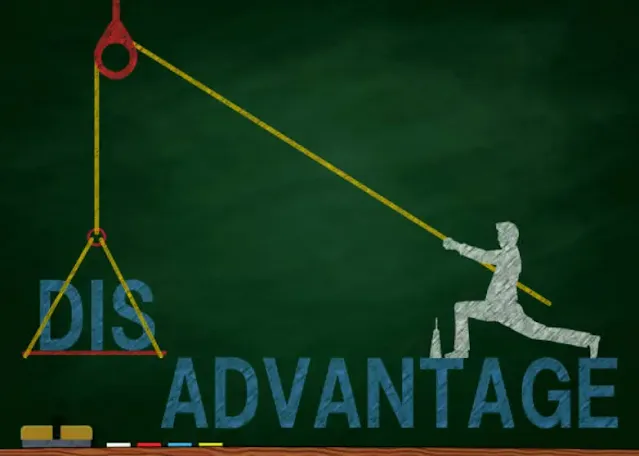Introduction
When it comes to exercise, the laws of physics play a significant role in understanding how our bodies move and the forces that act upon them. Sir Isaac Newton's three laws of motion provide a framework for comprehending the principles behind exercise and the impact it has on our bodies. In this article, we will explore Newton's laws of motion and how they relate to various aspects of exercise, from strength training to aerobic activities.
Newton's First Law of Motion: Inertia
Newton's first law of motion, also known as the law of inertia, states that an object at rest will remain at rest unless acted upon by an external force. Similarly, an object in motion will continue moving at a constant velocity unless acted upon by an external force. In the context of exercise, this law explains why it requires effort to initiate movement and why our bodies tend to resist changes in motion.
To increase the challenge of your workout and overcome inertia, you can make use of Newton's first law of motion. One way to do this is by changing the surface upon which you exercise. For example, running on sand instead of pavement or performing aerobic exercises on rubber mats instead of wood flooring can slow down your forward motion, forcing your muscles to work harder and expend more energy to maintain your desired speed.
Newton's Second Law of Motion: Force and Acceleration
Newton's second law of motion describes the relationship between force, mass, and acceleration. The law states that the force acting on an object is equal to the mass of the object multiplied by its acceleration. In the context of exercise, this law explains how the force generated by our muscles is influenced by the mass being moved and the speed at which it is accelerated.
To add intensity to your workout, you can apply Newton's second law of motion by increasing the force or resistance encountered during your exercises. For example, running into the wind adds resistance, requiring your muscles to work harder to maintain your desired speed. Similarly, attaching a resistance band to your waist while swimming and swimming against the resistance can increase the intensity of your swimming workout.
Newton's Third Law of Motion: Action and Reaction
Newton's third law of motion states that for every action, there is an equal and opposite reaction. In exercise science, this law is often referred to as the SAID principle: Specific Adaptations to Imposed Demands. It means that our bodies will adapt to the specific demands placed upon them during training.
Incorporating Newton's third law of motion into your strength training routine can help you maximize the benefits of your workout. By focusing on exercises that involve rapid acceleration or explosive movements, such as jumps or plyometric exercises, you can elicit a ground reaction force that causes stronger muscle contractions. This can lead to improvements in power and overall strength.
Applying Newton's Laws of Motion: Practical Examples
Understanding Newton's laws of motion can help us optimize our workouts and achieve our fitness goals more effectively. Here are some practical examples of how these laws can be applied in various exercises and activities:
1. Running
When running, Newton's laws of motion come into play. The force exerted by our muscles propels us forward, while the reaction force from the ground pushes us in the opposite direction. To improve running performance, you can focus on increasing the force generated by your muscles through strength training exercises like squats and lunges. Additionally, incorporating interval training, which involves alternating between high-intensity sprints and recovery periods, can help improve acceleration and overall speed.
2. Weightlifting
In weightlifting, Newton's laws of motion dictate the force required to move a weight. Heavier weights require more muscle force to accelerate them from a state of rest. By gradually increasing the weight lifted and focusing on proper technique, you can apply Newton's second law of motion to progressively overload your muscles and stimulate growth.
3. Swimming
Swimming involves overcoming the resistance of water, which can be likened to Newton's second law of motion. The greater the force exerted against the water, the faster the swimmer will move. By implementing specific training drills that emphasize force production, such as using resistance bands or performing powerful arm strokes, swimmers can improve their speed and overall performance in the water.
4. Cycling
Cycling provides an excellent example of Newton's second law of motion. The force exerted on the pedals propels the bicycle forward, and the resistance encountered, such as wind or hills, affects the acceleration and speed. Uphill cycling requires more force to overcome gravity, while downhill cycling benefits from the increased acceleration due to gravity. By adjusting the resistance, cyclists can challenge themselves and improve their overall cycling performance.
Conclusion
Understanding Newton's laws of motion allows us to gain insights into the mechanics of exercise and optimize our training routines. By applying these laws to various exercises and activities, we can increase the effectiveness of our workouts and achieve our fitness goals more efficiently. Whether it's running, weightlifting, swimming, or cycling, incorporating the principles of Newton's laws of motion can help us push our limits and reach new levels of performance. So next time you hit the gym or step onto the track, remember the laws that govern our movements and let them guide you towards success.

